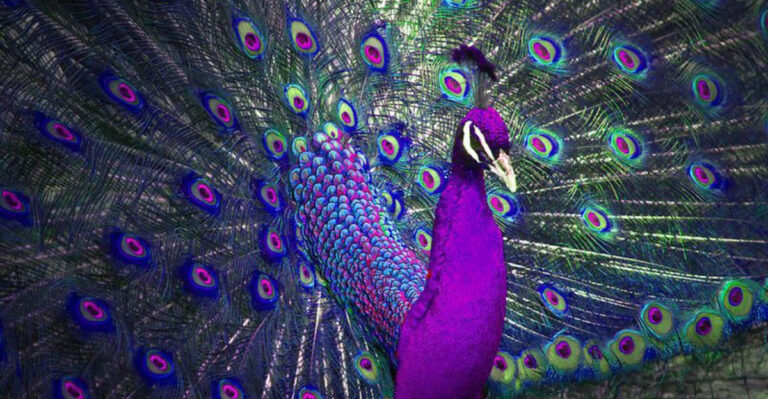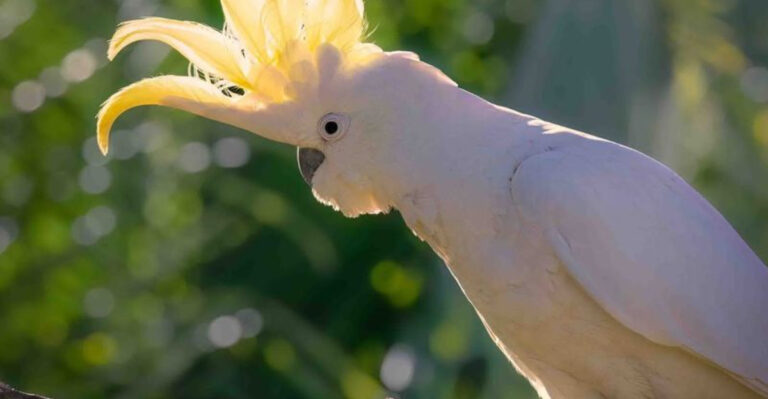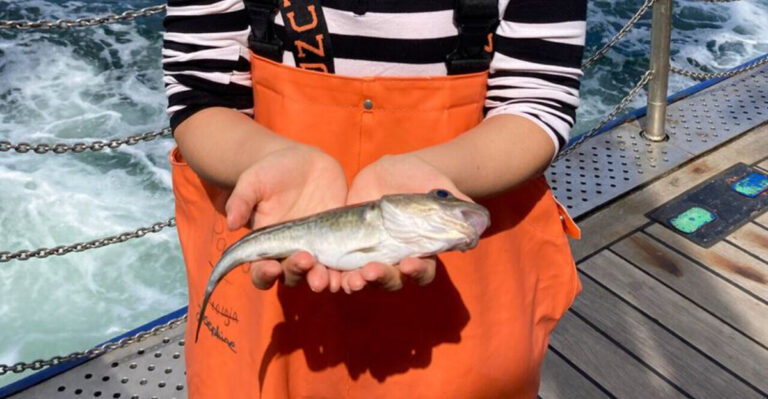Everything You Need To Know Before Getting A Pet Sugar Glider
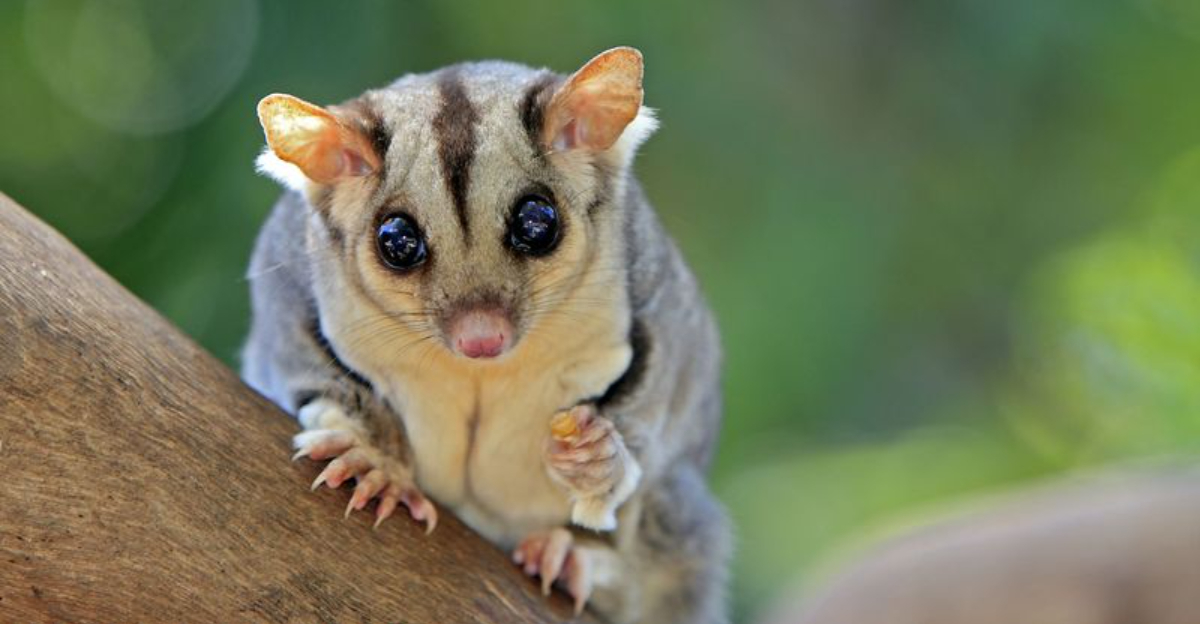
Thinking about bringing a sugar glider into your home? Before you do, there are some quirky and downright fascinating things about these little creatures that might surprise you! With their big eyes and even bigger personalities, sugar gliders are more than just a cute face.
They’re nocturnal, tree-loving adventurers who thrive on social interactions and specific diets. Whether you’re a first-time glider parent or a seasoned exotic pet owner, these tips will prepare you for the wild ride of sugar glider companionship.
1. Social Butterflies
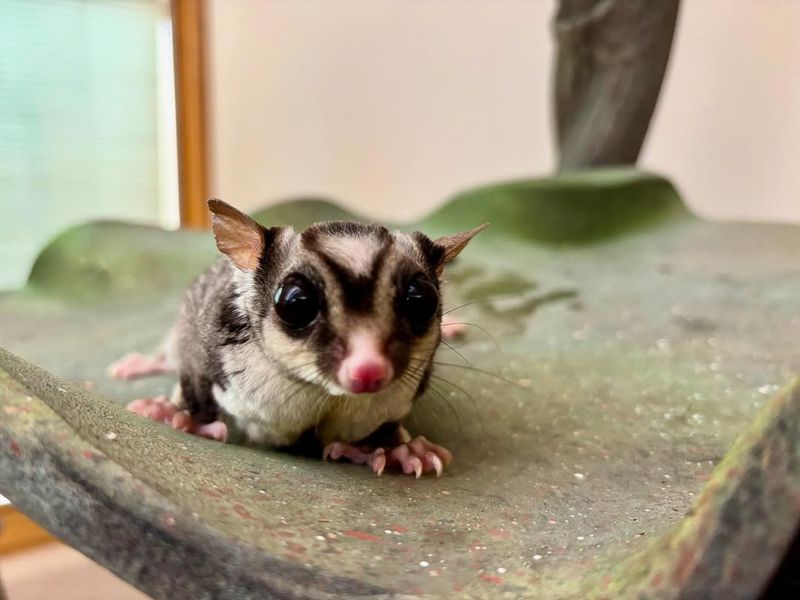
These little creatures crave social interaction like a bee loves honey. Sugar gliders are not meant to live solo—they thrive in pairs or groups. Imagine spending your life without a friend! That’s how it feels for a single sugar glider.
Having at least two sugar gliders will help keep them happy and engaged. They groom each other, play together, and keep each other company when you’re not around. So, if you’re considering these nocturnal pals, be prepared to adopt more than one. They’ll thank you with endless antics and affection.
2. Dietary Delights
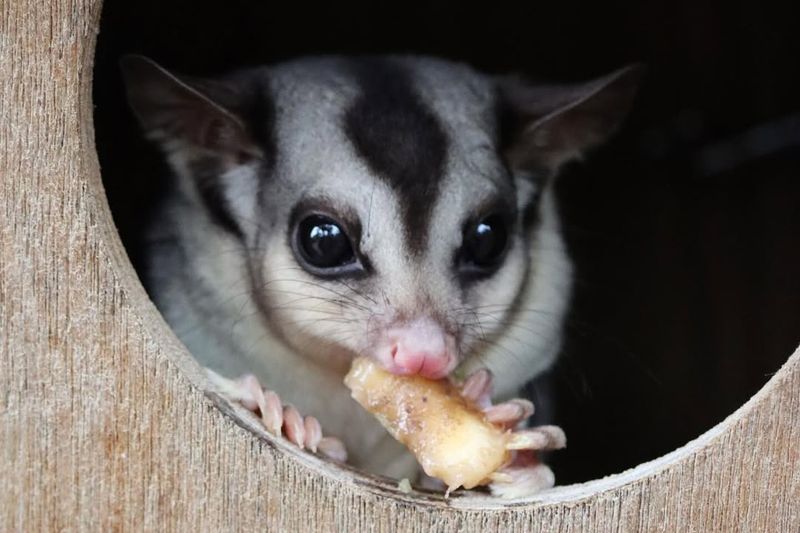
Feeding a sugar glider is a gourmet adventure! These critters enjoy a diet as diverse as a world traveler’s palate. Their main meals include fruits, vegetables, and protein sources like insects.
A well-balanced diet is crucial for their health. Variety is the spice of life, so offering a mix of fresh produce and specially formulated glider food is key. Mealworms, crickets, and other insects are not just treats; they’re an essential part of their diet. Remember, a healthy glider is a happy glider!
3. Nocturnal Nature
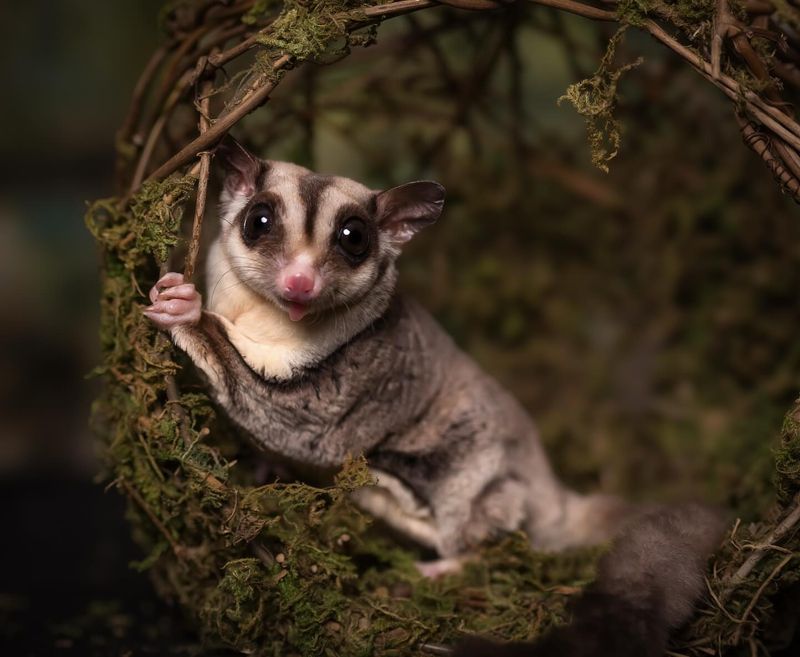
Sugar gliders are night owls! They come alive when the sun goes down, ready to explore and play. Picture this: while you’re winding down for bed, your sugar glider is gearing up for their version of a night out.
Expect to hear the pitter-patter of tiny feet and the occasional chirp as they communicate in the dark. If you’re a night person, this might be your perfect match. If not, you might want to reconsider, or else adapt to their energetic nightlife!
4. Active Lifestyle
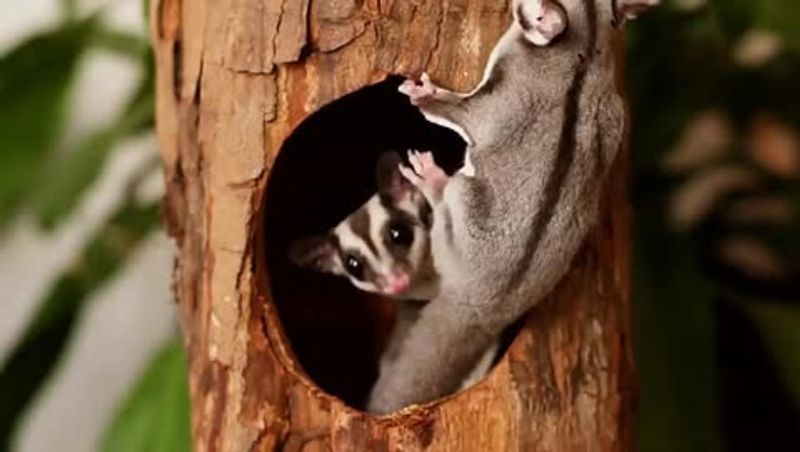
They don’t call them ‘gliders’ for nothing! These energetic animals love to leap and glide through the air. It’s like having your very own mini trapeze artist at home.
Providing plenty of space for them to exercise and glide is essential. A tall cage filled with branches and toys will keep them entertained and fit. Keeping them confined without ample opportunities to glide can lead to a bored and unhappy glider.
5. Sensitive Ears
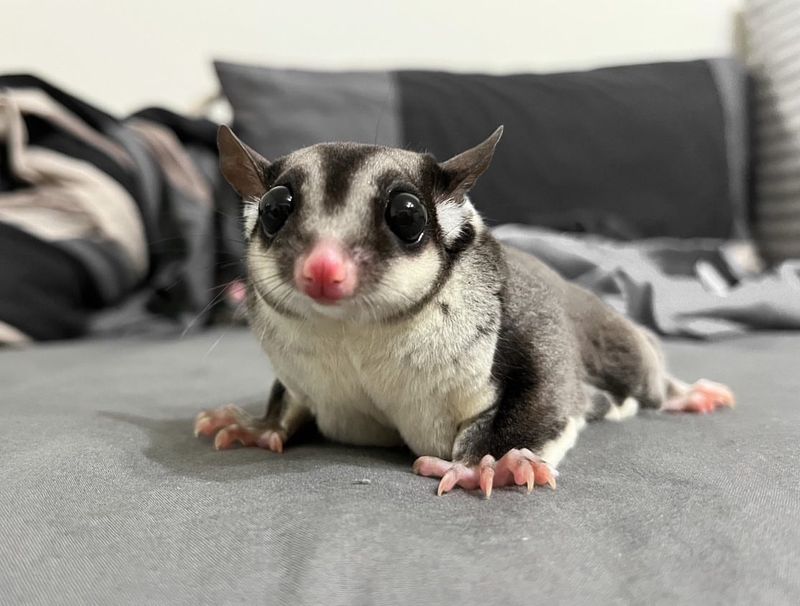
Ever notice those big ears? Sugar gliders have exceptional hearing, and they’re always on alert. They can pick up the faintest of sounds, which is part of what makes them such fascinating creatures.
However, this also means they’re sensitive to loud noises. A quiet, calm environment will help keep them stress-free. If you’re blasting tunes or have a noisy household, it might disturb your glider’s peace.
6. Bonding Rituals
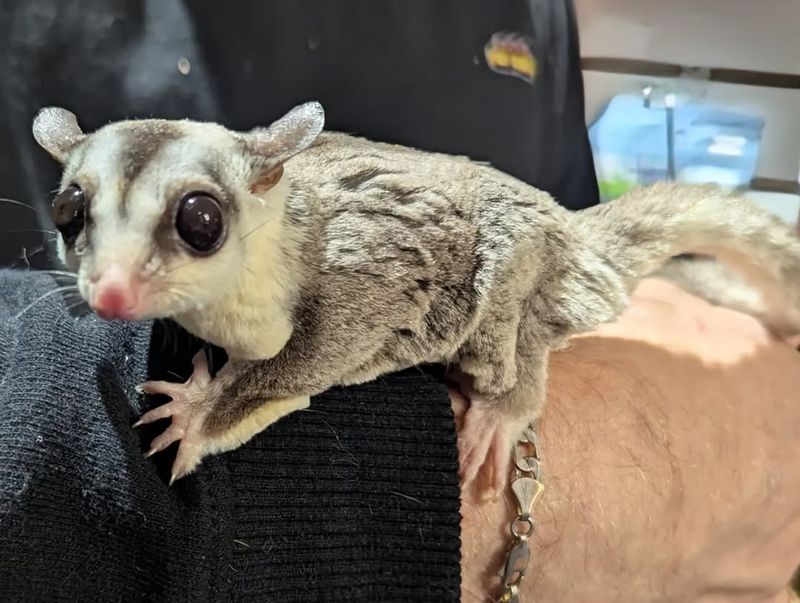
Building a bond with a sugar glider is like nurturing a slow-growing plant—patience and love are key. They need time to trust you and feel comfortable.
Spend quality time with your new pet by holding them, talking softly, and offering treats. Using a bonding pouch can help keep them close while you go about your day. Over time, these little gestures build trust and affection.
7. Grooming Habits
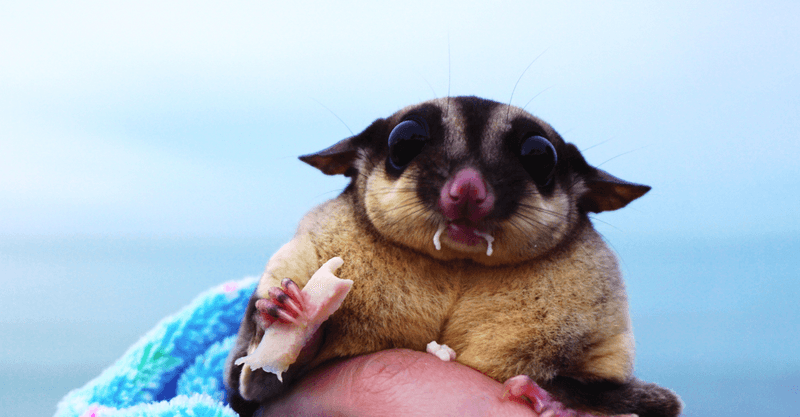
Sugar gliders are meticulous groomers! Watching them clean themselves is like observing a tiny spa session. They take personal hygiene very seriously.
However, they also appreciate help from their human companions. Using a soft toothbrush to gently groom them can mimic the social grooming they do with peers. Just ensure it’s a gentle, enjoyable experience for them.
8. Unique Communication
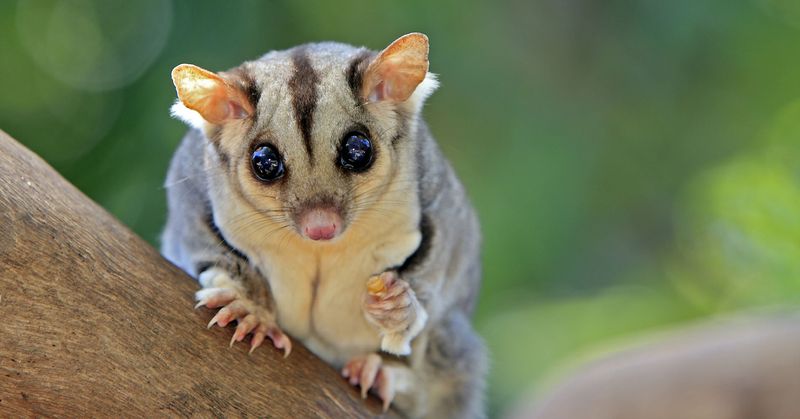
Sugar gliders are chatty creatures with a unique set of vocalizations. From barking to chirping, they have a language all their own.
These sounds are their way of expressing everything from excitement to a warning. Spend time observing and listening to your glider, and soon you’ll pick up on what each sound signifies. It’s like unlocking a secret language!
9. Temperature Sensitivity
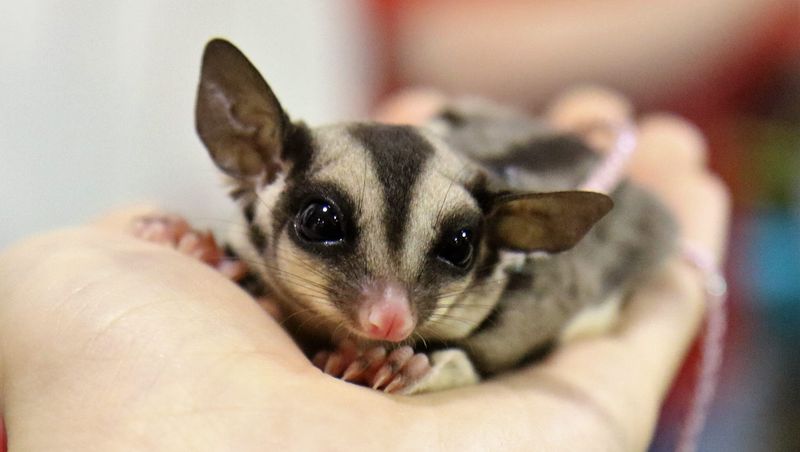
These delicate creatures are sensitive to temperature changes. They thrive in warm environments, much like a tropical vacationer!
Ensure their living space is cozy and draft-free, especially during colder months. Using heat lamps or pads can help maintain the ideal temperature. Just remember, they can’t handle extreme cold, so keep them snug and warm!
10. Exotic Housing Needs
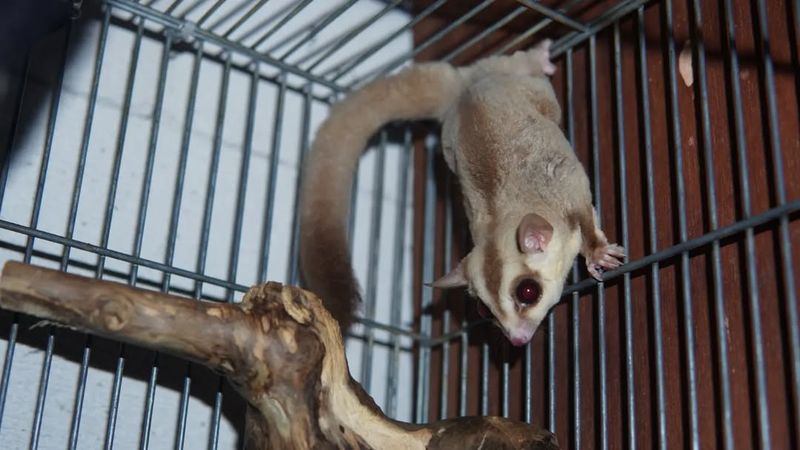
Creating a home for your sugar glider is akin to designing an exotic playground. They need a spacious cage with ample room for climbing and gliding.
Incorporate branches, ropes, and plenty of hiding spots. Their habitat should stimulate their natural instincts while keeping them safe. A bored glider can become stressed, so variety in their environment is crucial.
11. Health Checks
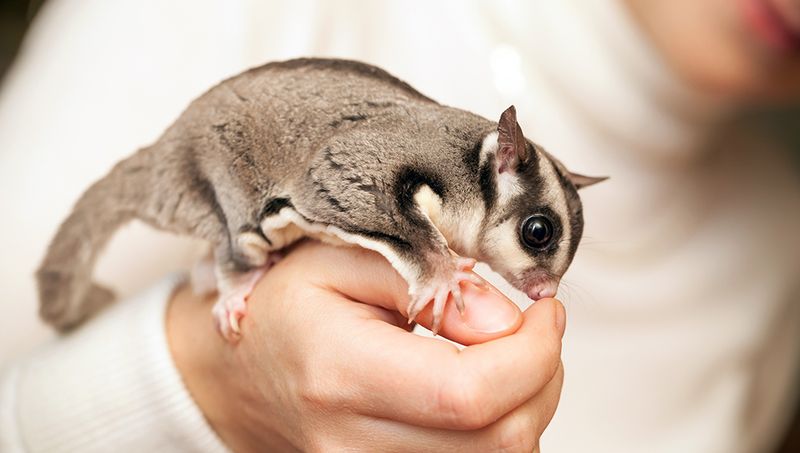
Regular vet visits are important, just like they are for any pet. Sugar gliders can be prone to specific health issues, so finding an exotic pet vet is essential.
Routine check-ups will help catch any potential problems early. Keep an eye on their diet and behavior to ensure they’re thriving. A healthy glider is a delightful companion, so prioritize their well-being.
12. Lifespan Commitment
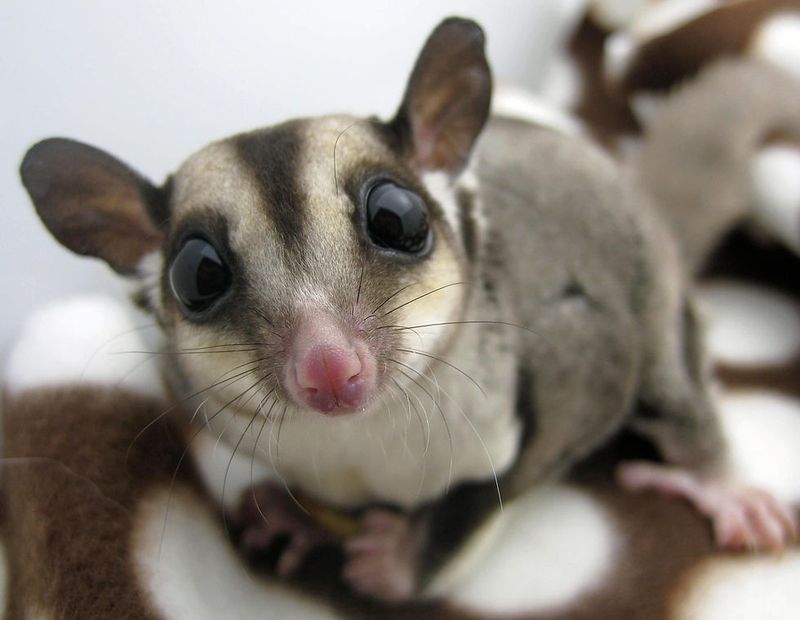
Sugar gliders can live up to 15 years, making them a long-term commitment. Think of them as a little friend who sticks around for life’s adventures.
Before adopting, consider if you’re ready for this lengthy companionship. They’ll be your loyal sidekick, providing joy and entertainment for years to come. It’s a fulfilling journey when you’re prepared for it!
13. Legal Considerations
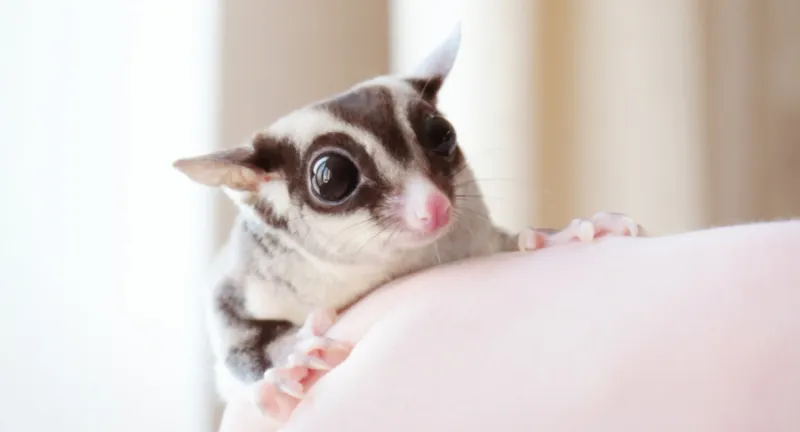
Before falling head over heels for these furry cuties, check local laws. Sugar gliders aren’t legal in every region, so it’s crucial to ensure you can keep one.
Some places have restrictions or require permits. Doing your homework will save you from legal headaches and ensure your glider gets a forever home. Always be informed and ready to meet any requirements.

